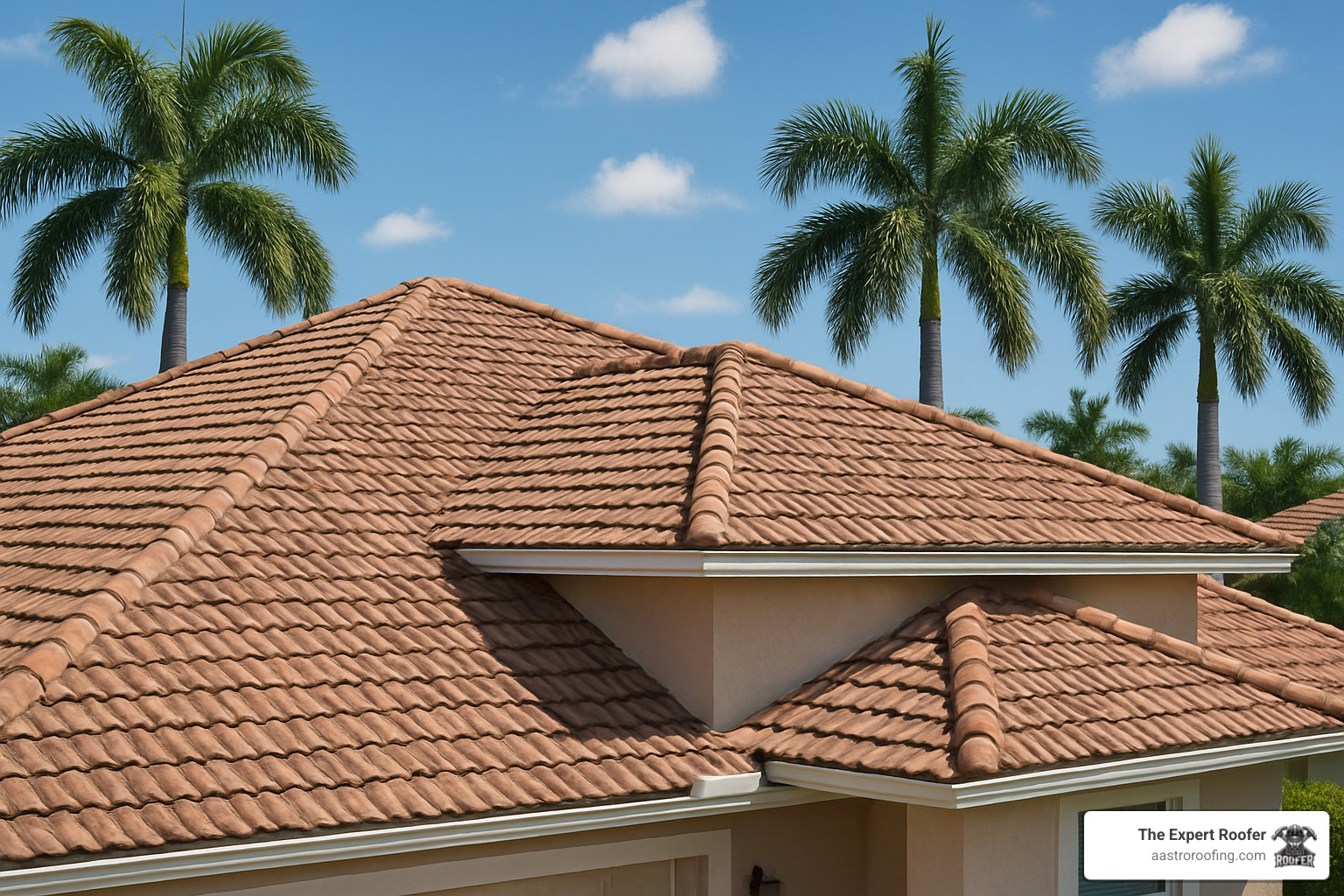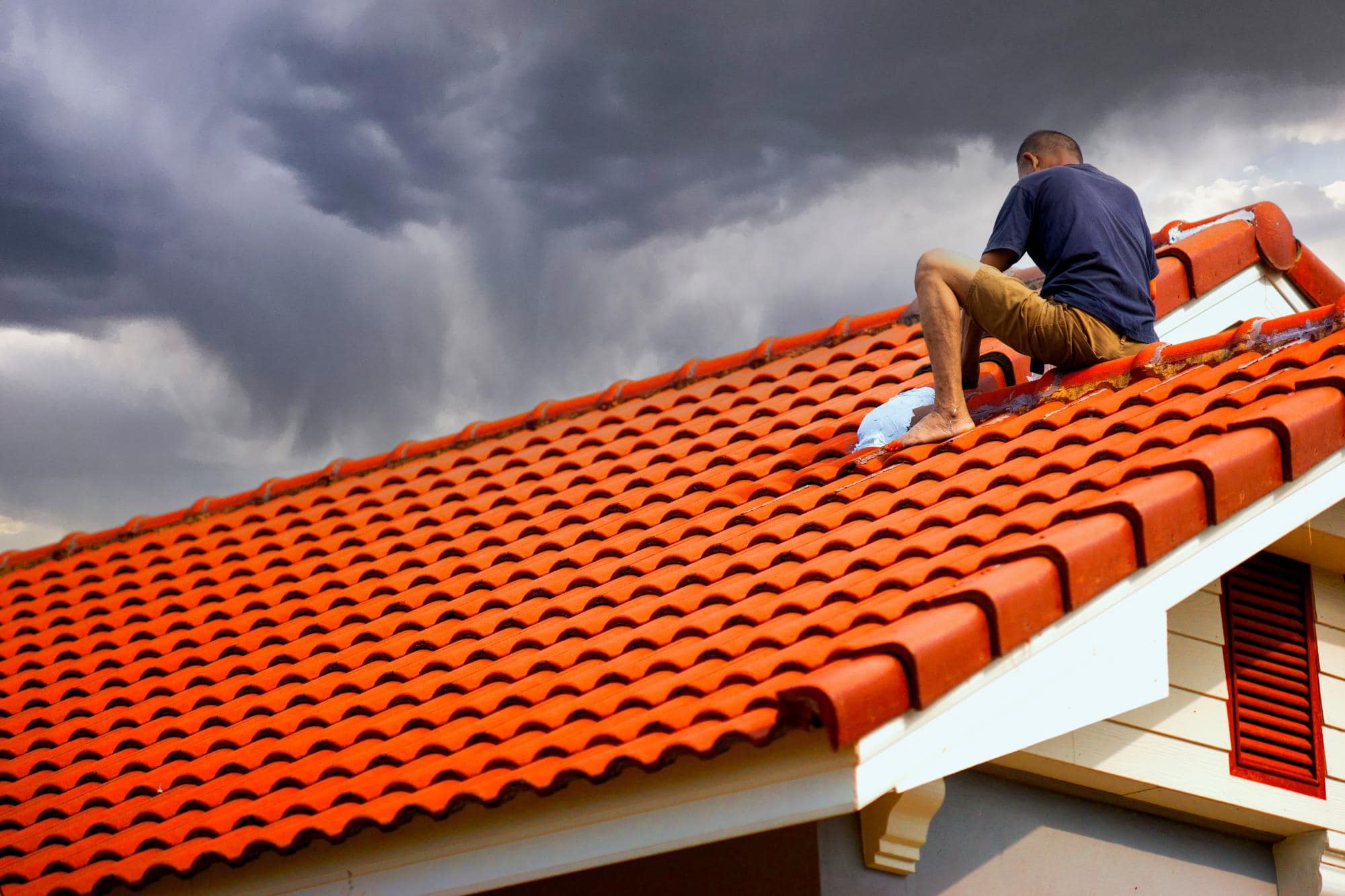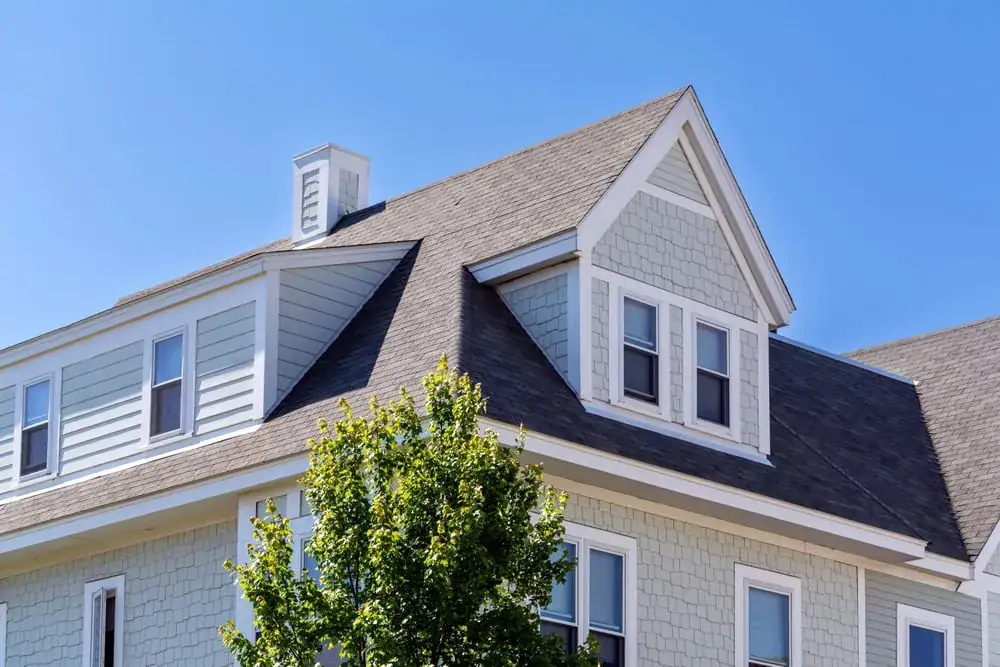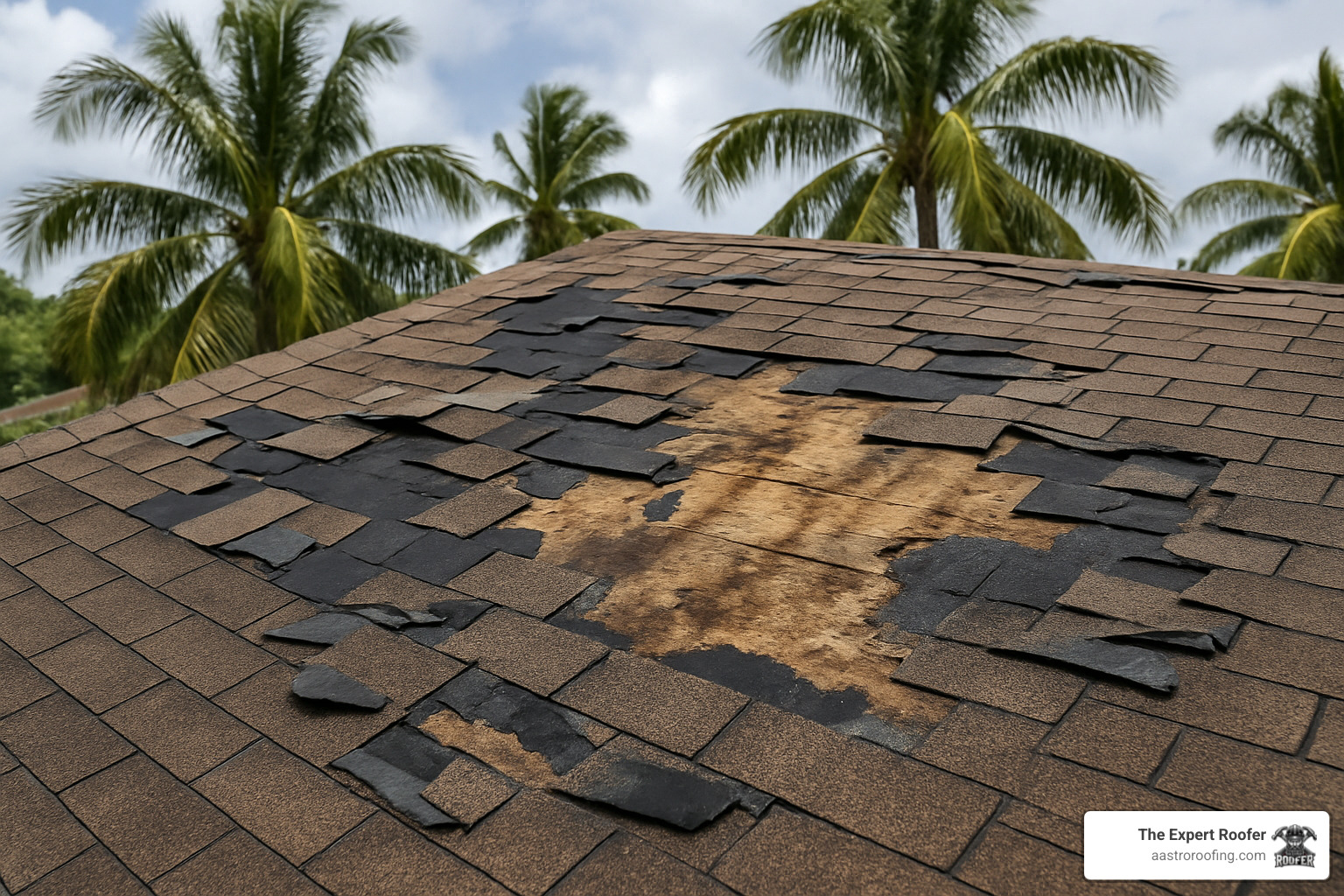Summary:
Start with a Professional Roof Inspection
You can’t fix what you don’t know is broken. A professional roof inspection reveals problems that aren’t visible from the ground—loose shingles, compromised flashing, or structural issues that turn into major failures when hurricane winds hit.
Most homeowners skip this step because their roof “looks fine” from below. But hurricane-force winds don’t care how your roof looks. They find every weak spot and exploit it.
We recommend scheduling your inspection during the off-season, ideally in late winter or early spring. This gives you time to address issues before contractors get swamped with emergency calls.
What Professional Inspectors Look for During Hurricane Prep
When we conduct professional inspections, we check areas most homeowners miss. We examine flashing around chimneys, vents, and skylights—common failure points during storms. Loose or damaged flashing lets water penetrate your home’s structure, causing damage that extends far beyond your roof.
We also assess shingle condition, looking for granule loss, cracking, or curling edges that indicate aging materials. These compromised shingles become projectiles in high winds, leaving your roof deck exposed to rain and debris.
Structural elements get attention too. We check for sagging areas, damaged trusses, or inadequate fastening that might not meet current wind load requirements. Florida building codes have evolved significantly, and older roofs may not meet today’s hurricane standards.
Gutters and drainage systems receive scrutiny because proper water management prevents many storm-related problems. Clogged gutters cause water to back up under roofing materials, while damaged downspouts can’t handle the volume of water hurricanes dump on your property.
Finally, we evaluate your roof’s overall wind resistance rating. Different roofing materials and installation methods provide varying levels of protection. Understanding your roof’s limitations helps you make informed decisions about upgrades or replacements before storm season arrives.
Common Issues Found During Pre-Hurricane Inspections
Certain problems show up repeatedly during pre-hurricane roof inspections in South Florida. Recognizing these issues helps homeowners understand what to expect and why professional assessment matters.
Aging roof materials top the list. Shingles exposed to Florida’s intense UV radiation and thermal cycling deteriorate faster than in other climates. What might last 25 years elsewhere often needs attention after 15-20 years here. We frequently find brittle shingles that crack easily or have lost significant granule protection.
Improper previous repairs create ongoing vulnerabilities. Many homeowners attempt DIY fixes or hire unqualified contractors who use incorrect materials or techniques. These patch jobs often fail during the first serious storm, sometimes causing more damage than the original problem.
Inadequate fastening represents another common issue, especially on older homes. Building codes now require specific fastening patterns and hardware designed for high-wind conditions. Roofs installed before these requirements may have standard fasteners that can’t handle hurricane-force winds.
Tree damage preparation often gets overlooked until it’s too late. Overhanging branches don’t just fall during storms—they scrape and gouge roofing materials as they sway in high winds. Regular trimming prevents this gradual damage that weakens your roof’s protective barrier.
Ventilation problems compound other issues during storms. Inadequate ventilation creates pressure differentials that can lift roofing materials from the inside. Proper ventilation helps equalize pressure and reduces the risk of catastrophic roof failure during hurricanes.
Essential Roof Repairs to Complete Before Storm Season
Once you know what needs fixing, prioritize repairs that prevent small problems from becoming disasters. Some repairs can wait—others can’t.
Emergency roof repair during hurricane season costs more and takes longer to schedule. Contractors get overwhelmed with storm damage calls, and materials become scarce. Smart homeowners handle necessary repairs during the off-season when contractors have availability and competitive pricing.
Focus on repairs that affect your roof’s structural integrity and water resistance first. These create the foundation for surviving severe weather.
Priority Roof Leak Repair and Waterproofing
Any existing roof leak repair should top your priority list. What starts as a small leak during normal rain becomes a flood during hurricane conditions. Water intrusion during storms doesn’t just damage belongings—it can compromise your home’s structural integrity and create mold problems that persist long after the storm passes.
Residential roof repair for leak issues often involves more than just replacing a few shingles. Leaks indicate underlying problems with flashing, underlayment, or roof deck damage. Proper repair addresses the root cause, not just the visible symptoms.
Flat roof repair requires special attention in Florida’s climate. Commercial flat roof repair techniques often apply to residential flat or low-slope sections. These areas collect water and debris, making them particularly vulnerable during storms. Proper drainage and waterproof membrane integrity become critical for surviving hurricane rains.
We understand that leak repair isn’t just about stopping water now—it’s about creating a barrier that can handle the volume and wind-driven nature of hurricane precipitation. This might involve upgrading underlayment, improving flashing details, or reinforcing vulnerable areas that could fail under extreme conditions.
Don’t attempt significant leak repairs yourself. Improper repairs often make problems worse and can void manufacturer warranties. Professional repair work comes with guarantees and uses materials designed for Florida’s challenging weather conditions.
Securing Loose Materials and Upgrading Fasteners
Hurricane winds test every connection point on your roof. Loose shingles, tiles, or metal panels become dangerous projectiles that damage your property and your neighbors’. Securing these materials before storm season protects everyone in your community.
Modern fastening requirements exceed older standards for good reason. Hurricane clips, reinforced nails, and proper spacing patterns help roofing materials stay attached during extreme wind events. Upgrading fasteners on an aging roof often costs less than replacing the entire system while providing significant protection improvements.
Our commercial roofing repair contractor expertise applies to residential upgrades too. Commercial buildings face the same wind loads as homes, and the techniques we use to secure commercial roofing materials work equally well for residential applications. This might include additional fasteners, reinforced attachment points, or upgraded hardware designed for high-wind conditions.
Pay special attention to roof edges and corners where wind forces concentrate. These areas experience higher loads and often require additional reinforcement. We understand wind load calculations and can recommend appropriate upgrades for your specific roof design and local wind conditions.
Consider the age and condition of your roof deck when planning fastener upgrades. Older plywood or OSB sheathing may not provide adequate holding power for modern fasteners. Deck reinforcement or replacement might be necessary to achieve proper wind resistance ratings.
Material compatibility matters when upgrading fasteners. Different roofing materials require specific fastener types and installation techniques. Using incorrect fasteners can actually reduce your roof’s wind resistance and create new failure points during storms.
Protecting Your Florida Home Starts with Proper Roof Preparation
Hurricane preparation isn’t about hoping for the best—it’s about taking concrete steps to protect your home and family. Your roof represents your first line of defense against Florida’s severe weather, and proper preparation makes the difference between minor cleanup and major reconstruction.
Professional inspection and timely repairs cost far less than emergency fixes after storm damage occurs. The peace of mind that comes from knowing your roof is ready for hurricane season is worth the investment.
When you’re ready to prepare your roof for the challenges ahead, we at Aastro Roofing Company bring four generations of Florida roofing experience to help protect what matters most to you.




